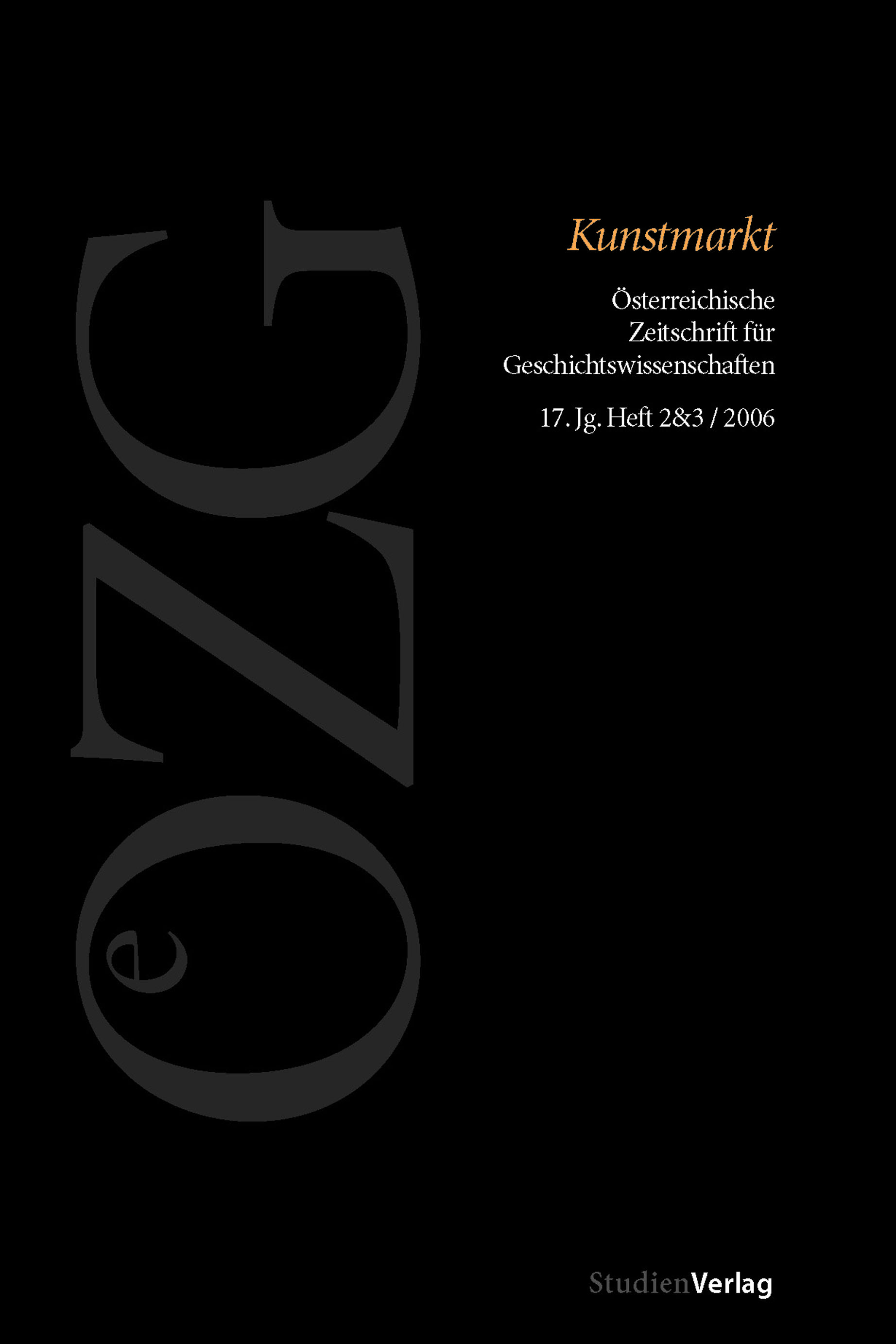Der inoffizielle Markt: Kunst und Dissens in der Sowjetunion, 1956–1988
DOI:
https://doi.org/10.25365/oezg-2006-17-2-9Abstract
With the Russian Revolution of 1917 art became the domain of the state. The Communist party attempted to establish itself as the only patron of the arts in the USSR. Art lost its independence and autonomy. The art market was transformed into a system of official patronage. Private patronage was reduced to the minimum. Private collections were seized, nationalized, integrated into state museums and opened to the public. Despite such restrictions private initiative proved to be a decisive factor in preserving art – notably art that was not held in high esteem or even discredited by the regime: modernism, avant-garde, religious and – beginning with the 1950’s – contemporary art, not in line with Socialist realism, known under various names – as non-conformist, dissident, unofficial or »other« art. The article focuses on the latter. It highlights the most significant events in the formation and development of the »other art« scene. It sheds light on the decisive role of individual collectors and patrons. With the proclamation of perestroika unofficial art received official recognition practically overnight.


